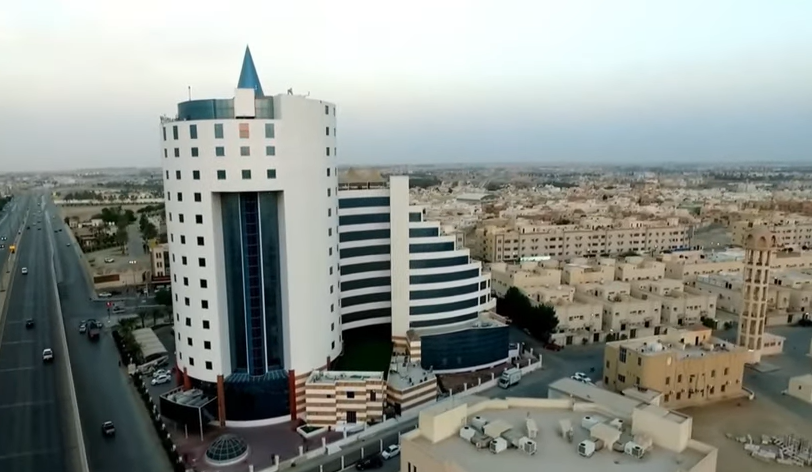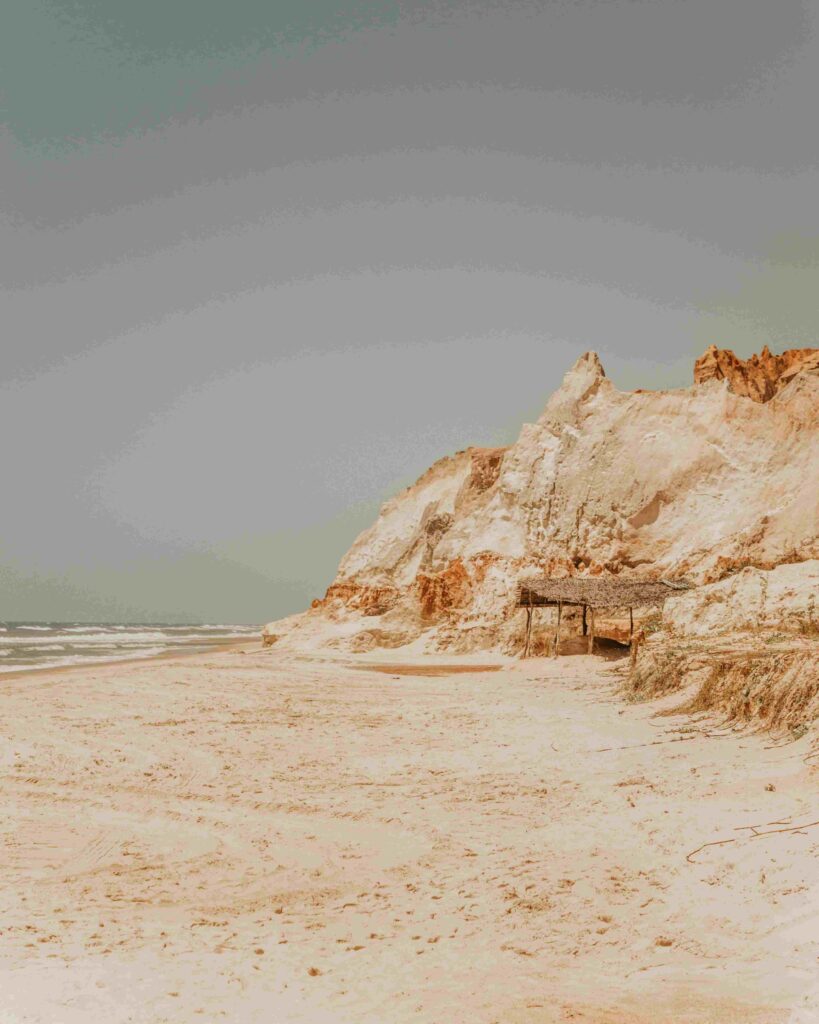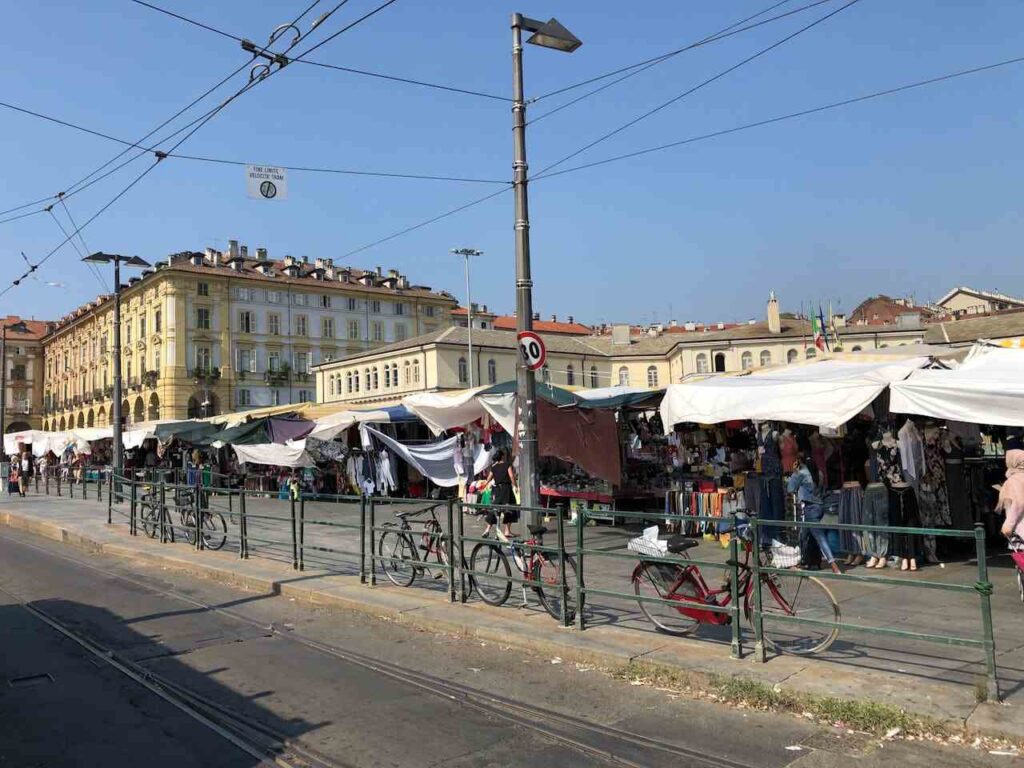People know
In addition to dates, producers in Al Qassim are renowned for growing a variety of fruits and vegetables due to its exceptionally fertile soil, which is more productive than other regions.
The region hosts a population of 1,520,434 people, operates 393 active factories, has an international airport, and features 29 hotels that meet international standards.
Al Qassim boasts a road network that spans 224,318 kilometers, includes an industrial city, has numerous public and private colleges and universities, and offers more than 24 public and private hospitals.
* al qassim province

Al-Qassim province itself is divided into several districts, often referred to as governorates. These governorates are the administrative subdivisions of the province, each with its own distinct cities, towns, and villages. There are 13 governorates in Al-Qassim province. Below is a list of the main governorates in Al-Qassim:
- Buraidah (Capital)
The capital of Al-Qassim province and the largest city in the region, Buraidah serves as an administrative, cultural, and commercial center. - Unaizah
Known for its historical significance and cultural heritage, Unaizah is a city that attracts many visitors, especially during cultural festivals. - Al-Rass
A vibrant city with a rich history, Al-Rass is known for its traditional markets and agricultural activities. - Al-Bukayriyah
Famous for its palm tree plantations and natural beauty, Al-Bukayriyah is a key contributor to the province’s agricultural economy. - Al-Mithnab
A smaller governorate that features charming villages and desert landscapes. - Ar-Riyadh
Not to be confused with the Kingdom’s capital, this governorate has a rural character and is located in the outskirts of Al-Qassim province. - Uyun Al-Jiwa
Known for its historical sites, this area reflects the ancient heritage of the Arabian Peninsula. - Al-Badayea
Renowned for its agricultural production, especially dates, Al-Badayea plays a significant role in the region’s economy. - An-Nabhaniyah
A quiet and peaceful area with a strong connection to Bedouin culture. - Riyadh Al-Khabra
A small town known for its traditional architecture and cultural events. - Dhalfa
A governorate with a unique desert environment and heritage. - Al-Asyah
A lesser-known governorate that offers insight into traditional Saudi lifestyles.
Al-Shimasiyah
One of the smallest governorates in Al-Qassim, Al-Shimasiyah is known for its serene environment and date farms.
* al qassim weather

Al Qassim Governorate generally has a colder climate compared to other governorates throughout the year. While Saudi Arabia is often thought of as a hot and humid country, the climate in Al Qassim is noticeably different. During winter, the temperature ranges from approximately 8 °C to 20 °C, making it significantly colder than most other parts of Saudi Arabia and more comparable to the climate of cold and humid countries.
Al Qassim Governorate generally features a colder climate compared to other governorates throughout the year. While people often think of Saudi Arabia as a hot and humid country, the climate in Al Qassim differs noticeably. During winter, temperatures range from approximately 8 °C to 20 °C, making it significantly colder than most other parts of Saudi Arabia and more comparable to the climate of cold and humid countries.
al qassim buraidah boasts a region renowned for its natural resources and agricultural productivity. It hosts the Middle East’s only bauxite mine, known as Al-Qassim, which produces approximately 5 million tons of bauxite annually. This output significantly contributes to the Kingdom’s production of 1.8 million tons of aluminum in 2020. With reserves totaling 183.4 million metric tons of bauxite, Qassim offers exceptional investment opportunities in this rapidly expanding sector.
about thing,
Thanks to its abundant natural resources and favorable climatic conditions, Qassim serves as a cornerstone of the Kingdom’s agriculture. The region leads globally in date production, yielding around 370,000 tons annually. Its 12,000 date farms produce 13 varieties of date products, and Qassim hosts the world’s largest date festival each year. Beyond dates, the region excels in the cultivation of grapes, lemons, and oranges, contributing to a total of 1.22 million tons of agricultural products per year.
Qassim’s vast rural lands also provide ideal conditions for livestock production, including sheep, goats, poultry, and especially camels. To support and enhance camel breeding, the region established the world’s largest camel hospital. Covering an area of 140,000 square meters, the facility can accommodate up to 4,000 camels at a time. This project aims to ensure the growth and sustainability of the camel market.
With its rich natural and agricultural resources, Qassim stands out as a prime location for investment in these flourishing sectors.
* Dates of al qassim

Saudi Arabia hosts around 45 types of dates, with approximately 90% of them produced in Al Qassim, which earns it the nickname “The State of Dates.” In al qassim buraidah, vendors offer dates at very affordable prices, and exporters send them to nearly every corner of the world.
The region significantly contributes to the economy of Saudi Arabia, greatly enhancing the nation’s agricultural and export sectors.
The Kingdom ranks among the world’s largest producers and exporters of dates, with an annual production exceeding 1.5 million tons, which accounts for around 17% of global date production. Saudi Arabia’s favorable desert climate and fertile oases create ideal conditions for cultivating dates.
Types of Dates
Saudi Arabia is home to over 45 varieties of dates, each with its unique taste, texture, and uses. Some of the most popular types include:
- Ajwa: Did you know that among all the types of dates, the most beneficial is the Ajwa date? This date is considered highly blessed and offers numerous health benefits, which is why its price is slightly higher.
- Sukkari: Meaning “sweet,” this golden date is popular for its sweetness and crisp texture. It is often consumed fresh.
- Khalas: Known for its balanced sweetness and caramel-like flavor, Khalas dates are commonly served with Arabic coffee.
- Barhi: These dates are smaller and often eaten fresh. They are soft and have a unique sweet -like flavor.
- Safawi: soft, and mildly sweet, Safawi dates are known for their rich flavor and are often used in desserts.
- Anbara: Large, sweet, and slightly dry, these are considered a luxury variety.
- Medjool: Though not exclusive to Saudi Arabia, Medjool dates are highly popular worldwide due to their large size and rich sweetness.



